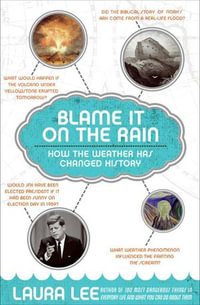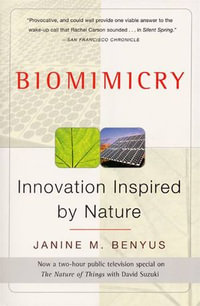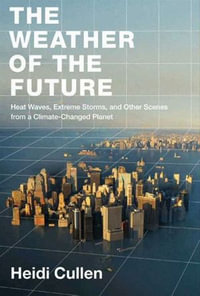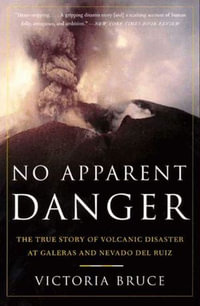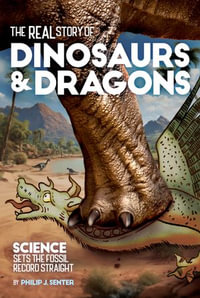
At a Glance
eText
$319.00
Instant online reading in your Booktopia eTextbook Library *
Read online on
Not downloadable to your eReader or an app
Why choose an eTextbook?
Instant Access *
Purchase and read your book immediately
Read Aloud
Listen and follow along as Bookshelf reads to you
Study Tools
Built-in study tools like highlights and more
* eTextbooks are not downloadable to your eReader or an app and can be accessed via web browsers only. You must be connected to the internet and have no technical issues with your device or browser that could prevent the eTextbook from operating.
The use of land changes over time as both natural and man-made environments are influenced by the pressures associated with the processes of development. The demand for land for new residential housing has been a huge challenge for governments striving to protect greenfield sites across Europe in recent years, whilst regeneration has been a common response to the decline of manufacturing in the old industrial heartlands. The variety of forces that drive change in the use of land are extensive and complex, including spatial planning policies designed at local, regional, national and supra-national levels.
In order to understand the mechanisms of change and the impact of policies, the formulation, calibration and testing of models is required. Land-use change models help us to understand the complexities and interdependencies of the components that constitute spatial systems and can provide valuable insights into possible land-use configurations in the future. Models of land-use change incorporate a vast amount of knowledge from a wide range of disciplines. Geography contributes to the understanding of land-use change whilst demography and economics help explain underlying trends. Model building relies heavily on mathematics and (geographical) information systems, but also includes many elements from the softer sciences, such as management studies and environmental science. This book offers a cross-sectional overview of current research progress that allows the construction of successful land-use models. The contributions range from methodology and calibration to actual applications in studies of recent policy implementation and evaluation. The contributorsoriginate from academic and applied research institutes around the world and thus offer an interesting mix of theory and practice in different case study contexts.
Several years have passed since John Stillwell and Henk Scholten published "Land Use Simulation for Europe" in 2001, and the subject has moved on since then. The current volume, "Modelling Land-use Change," is an indispensable guide for anyone interested in the state-of-the-art of land-use modelling, its background and its application. In summary, land-use change simulation modelling is a relatively new and dynamic field of study and this book provides a full overview of the topic, a wide range of applications (both geographically and thematically), a mix of theory and practice, a synthesis of recent research progress, and educational material for students and teachers.
Read online on
ISBN: 9781402056482
ISBN-10: 1402056486
Published: 8th August 2007
Format: PDF
Language: English
Publisher: Springer Nature
You Can Find This eBook In
This product is categorised by
- Non-FictionEconomicsDevelopment Economics & Emerging Economies
- Non-FictionPolitics & Government
- Non-FictionEarth Sciences, Geography, Environment, PlanningRegional & Area PlanningUrban & Municipal Planning
- Non-FictionEarth Sciences, Geography, Environment, PlanningGeography
- Non-FictionEarth Sciences, Geography, Environment, PlanningEarth SciencesGeology & The Lithosphere
- Non-FictionEarth Sciences, Geography, Environment, PlanningThe EnvironmentEnvironmental Management
- Non-FictionSociety & CultureSocial Groups

